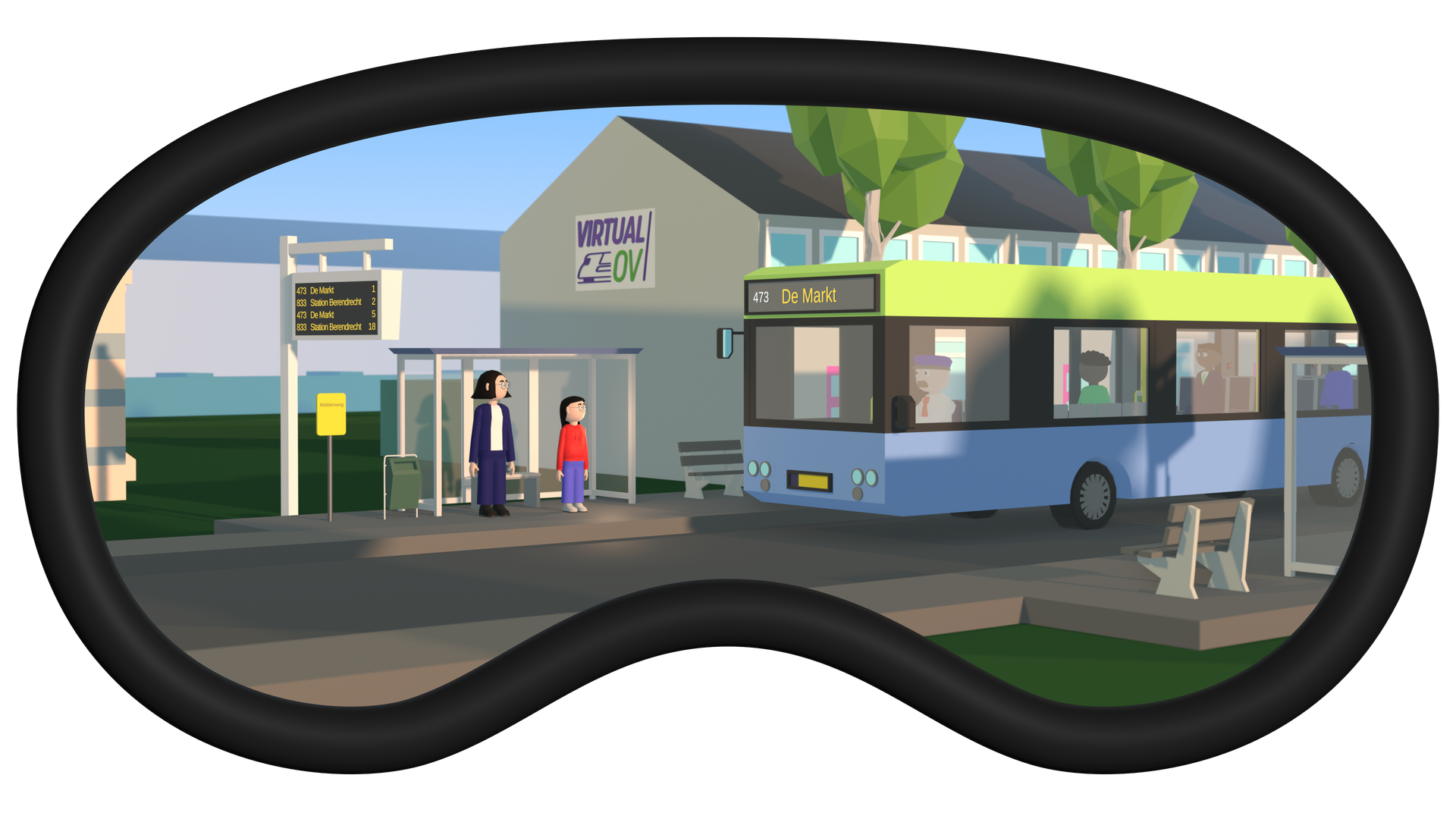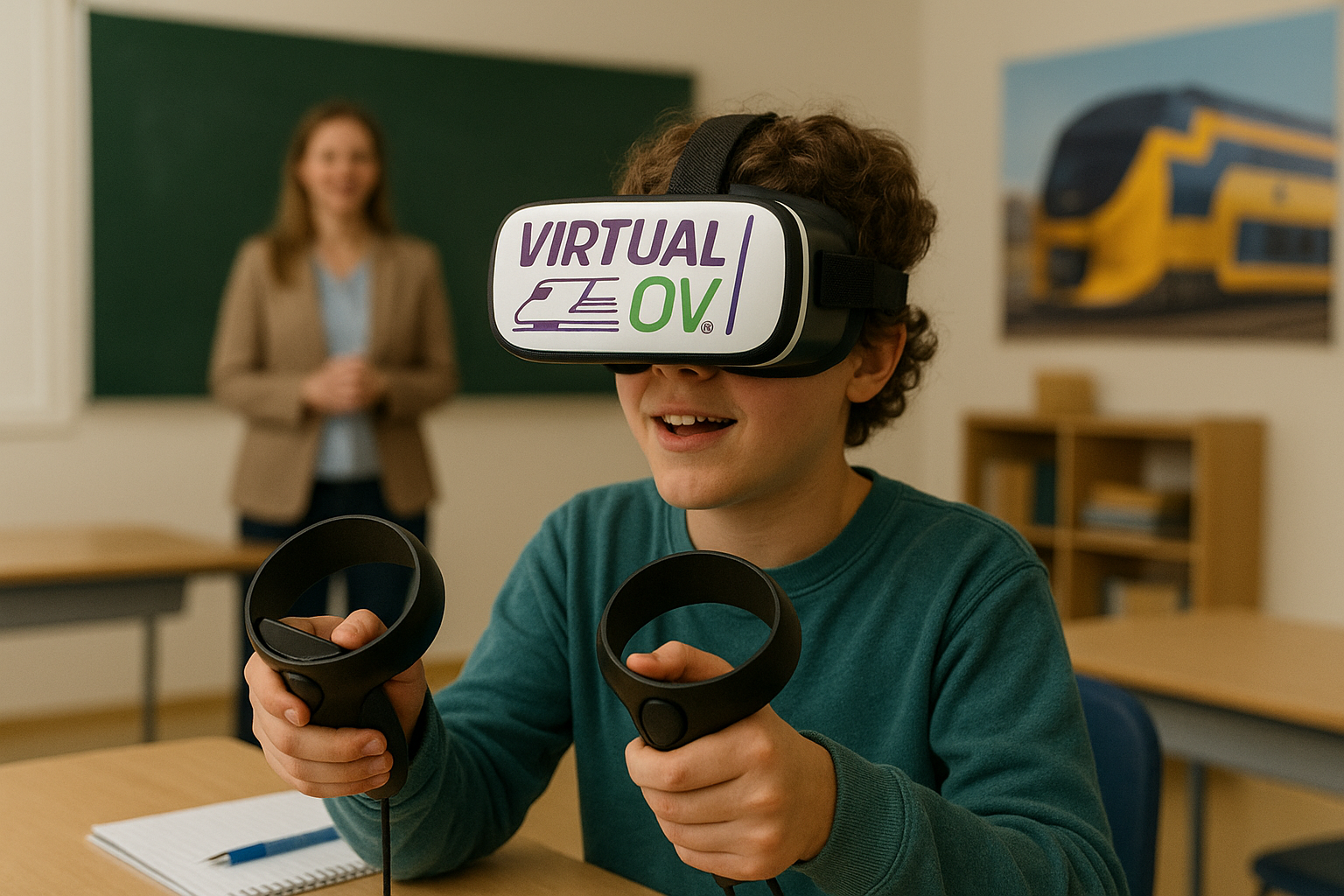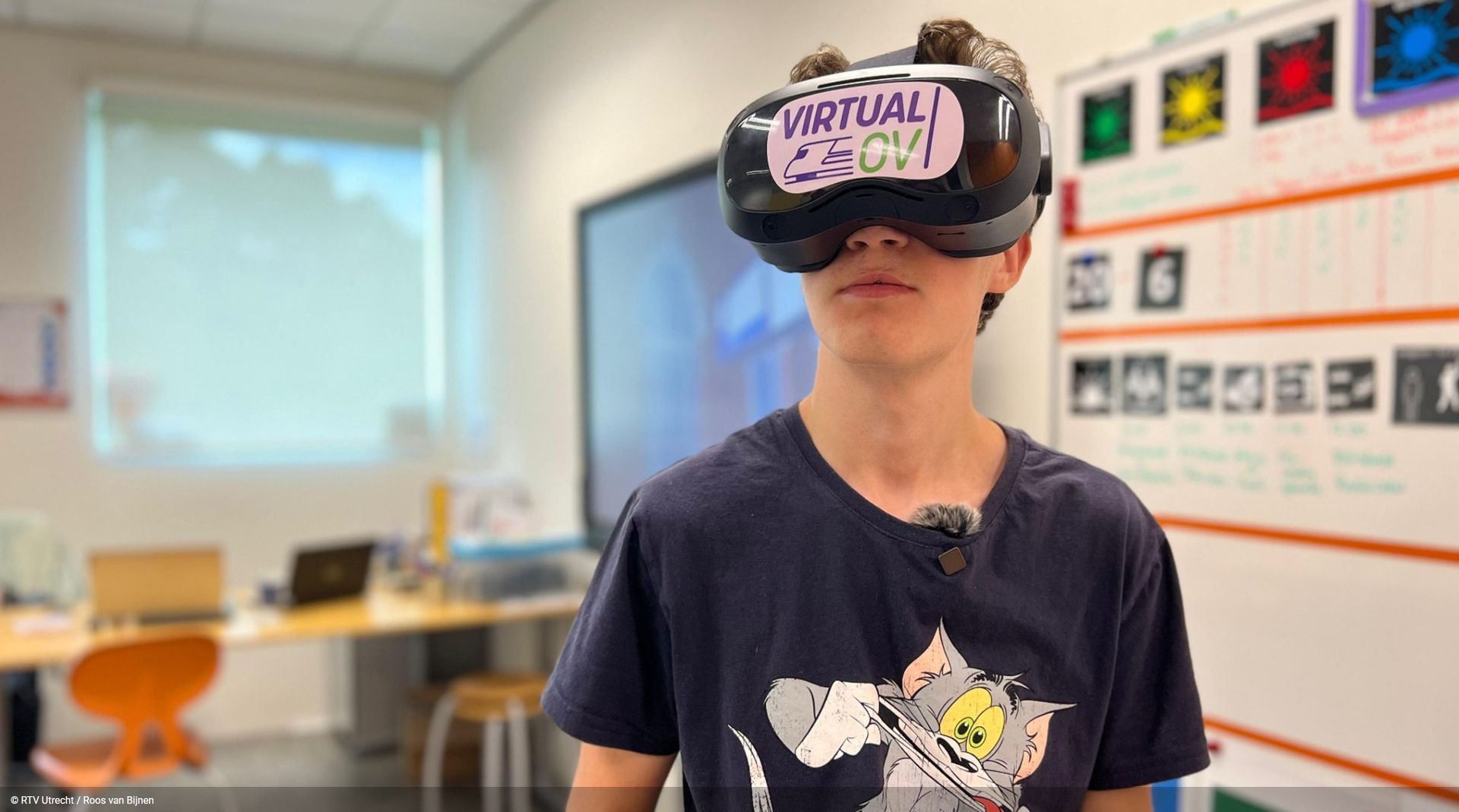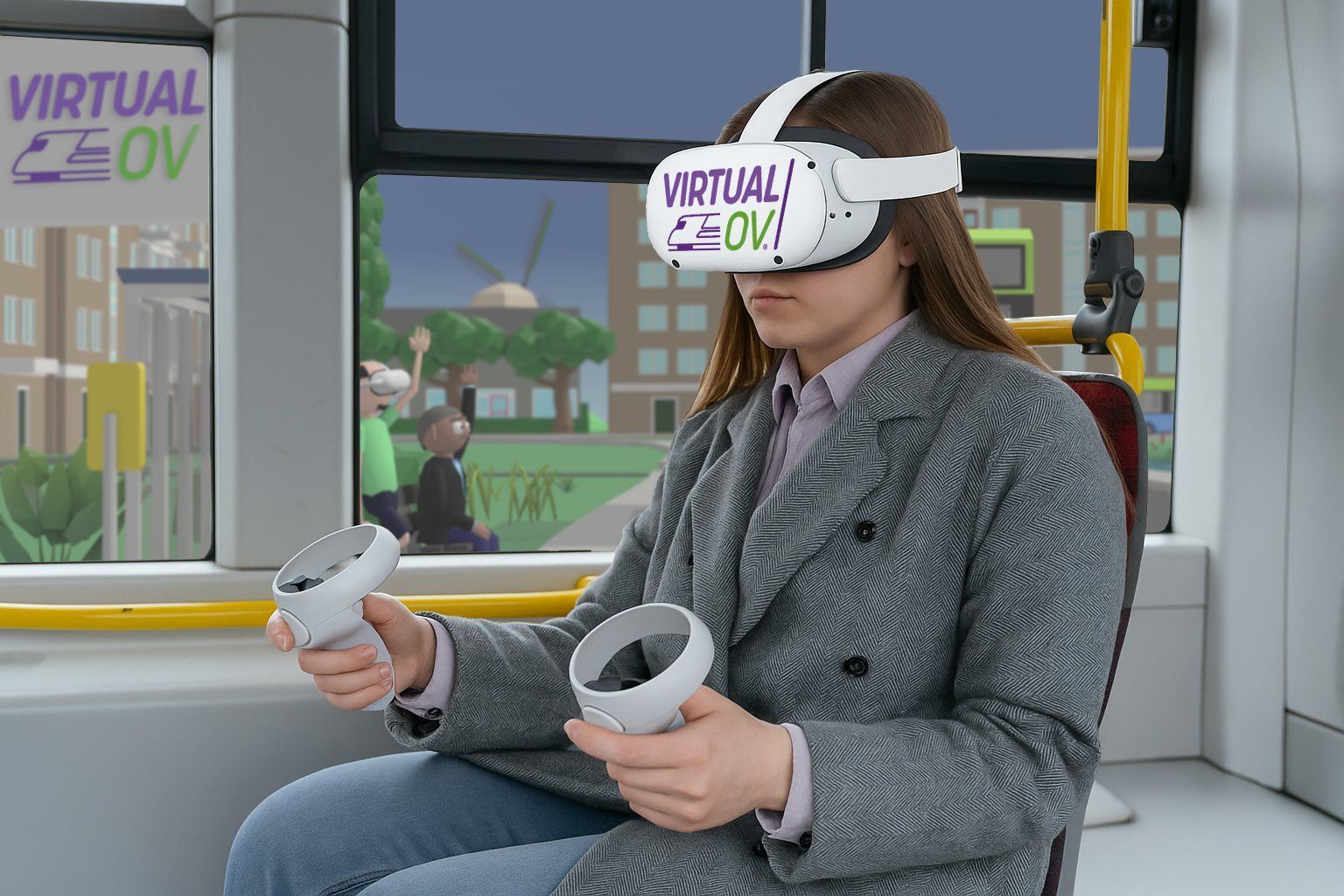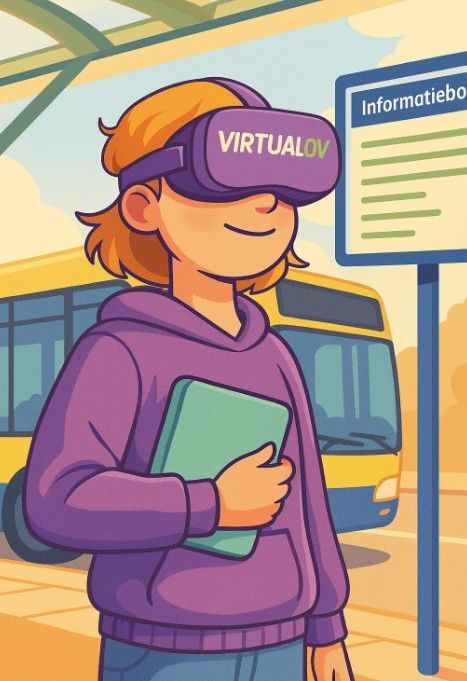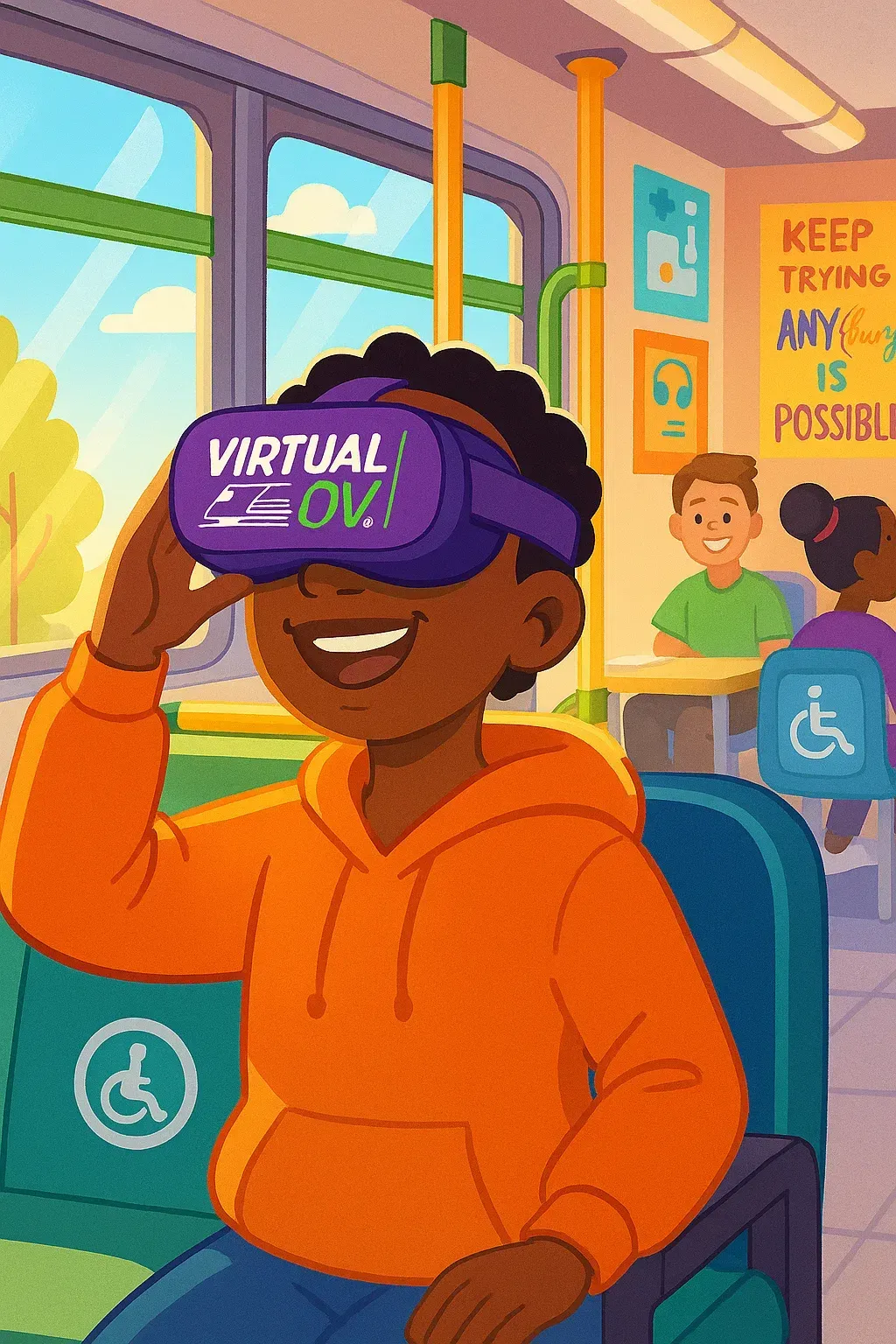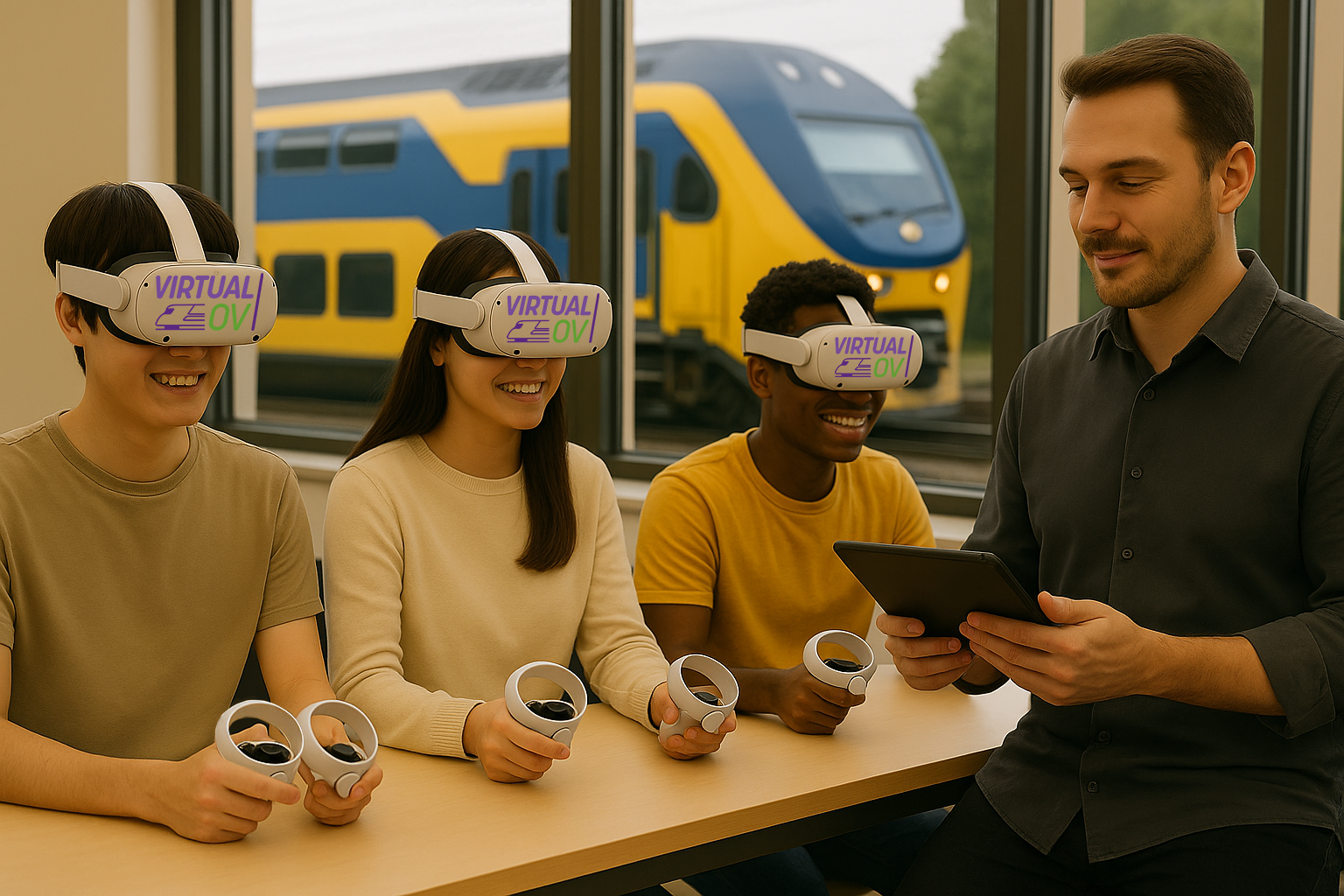Neurodivergence and holidays: how to prepare for public transport travel
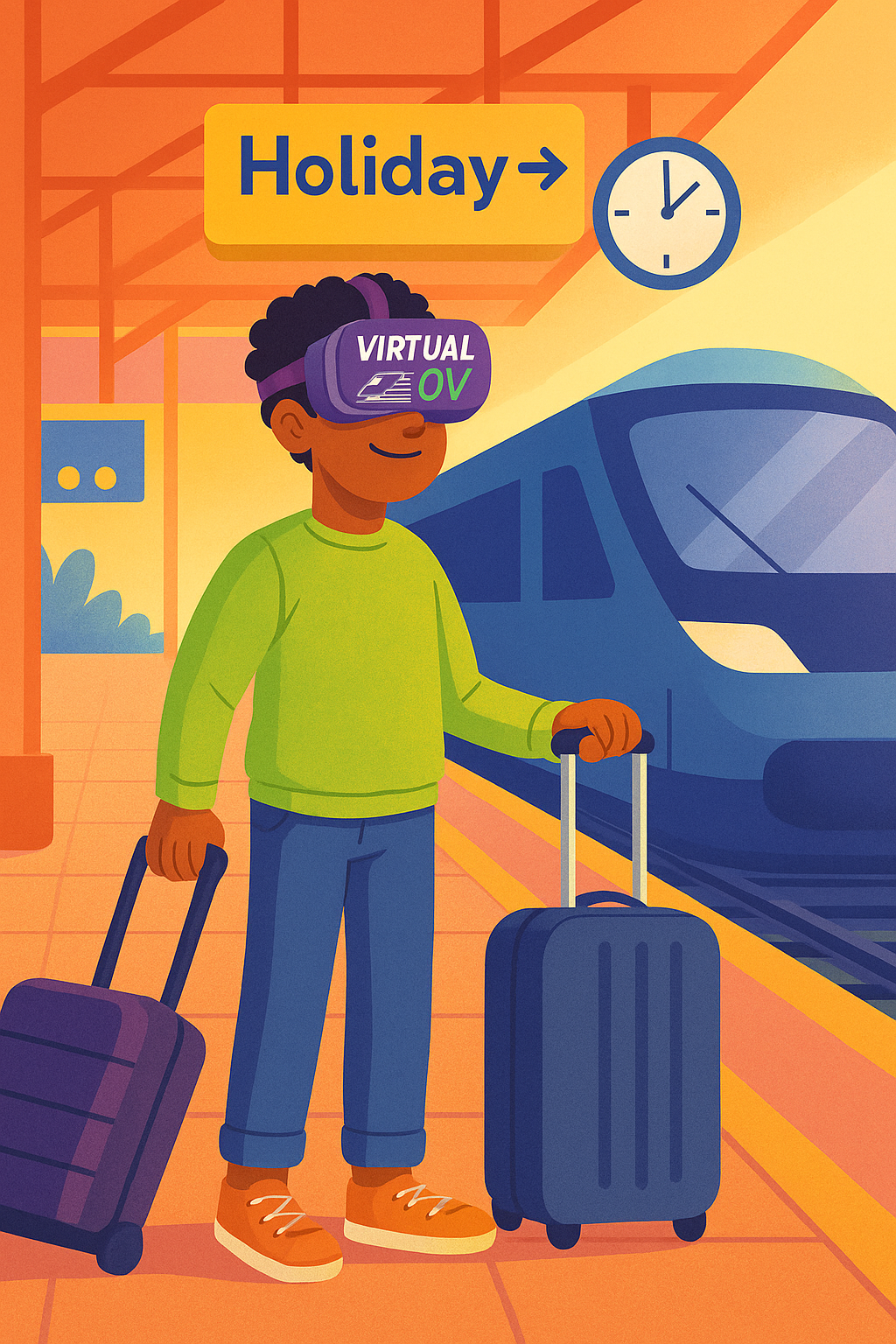
Discover how neurodivergent travelers (such as those with autism or mild intellectual disabilities) can better prepare for public transport travel thanks to Virtual Public Transport. Includes tips and solutions for stress-free and inclusive travel.
Why traveling by public transport is extra challenging for neurodivergent people
For many, the holiday season is the perfect time to get away, discover new places, and relax. But for neurodivergent people Public transport, in particular, presents specific challenges:
- Unpredictability: Sudden changes in schedules, delays or diversions can cause a lot of stress.
- Stimuli: Busy stations, loud noises, bright lights and unclear environments can quickly lead to overstimulation.
- Social Interactions: Contact with strangers, such as conductors or fellow passengers, can be exciting or confusing.
- Complexity of the public transport system: Buying a ticket, transferring or finding the right route is not self-evident for many people.
All of this can cause neurodivergent people to avoid public transport, making them less independent and causing them to miss holidays or outings.
The importance of inclusive travel rights and accessible travel preparation
Everyone has the right to an accessible and pleasant travel experience, regardless of neurological differences. Yet, research and practical experience show that public transport is still far from equally accessible for everyone. Inclusive travel rights go beyond just physical accessibility; they also involve removing barriers to communication, information provision, and preparation.
Good preparation is essential for neurodivergent travelers. Being able to practice a trip, experience situations beforehand, and learn to deal with unexpected events increases self-confidence and independence.
Virtual Public Transport: the solution for stress-free public transport travel
Virtual public transport offers an innovative solution to these challenges. Using virtual reality, neurodivergent people can practice all aspects of public transport travel in a safe, controlled environment. This offers numerous advantages:
- Realistic training scenarios: From buying a ticket to navigating a busy station and dealing with delays or disruptions.
- Low-stimulus learning environment: Users can practice at their own pace, without the pressure or distractions of the real world.
- Step-by-step guidance: Virtual OV offers clear explanations and guidance, tailored to the user's level and needs.
- Increased self-confidence: With repeated practice, confidence to travel independently grows.
- Preparing for unexpected situations: Users learn to deal with difficult situations, such as a missed connection or a crowded train.
Virtual public transport allows people to practice travel skills in a safe environment. This makes public transport more accessible and enjoyable for everyone.
Practical tips for neurodivergent travelers
Besides using Virtual Public Transport, there are even more ways to make public transport travel more enjoyable:
- Make a clear plan: Note down departure times, transfers and alternatives.
- Use visual aids: Maps, icons, or apps can help with navigation.
- Take a trusted person with you: This can be a source of support, especially when traveling for the first few times.
- Ask public transport staff for help: Many carriers offer special assistance for passengers with disabilities.
- Plan sufficient rest periods: Allow time to acclimatise and process stimuli.
Working together on inclusive travel
Traveling by public transport should be accessible to everyone, including people with neurodivergent brains. By using innovative solutions like Virtual Public Transport and by focusing on inclusive travel rights, we can make a difference together.
Want to learn more about how Virtual Public Transport can help you or your organization prepare for a relaxing holiday using public transport? Feel free to contact us for more information or a free demo!



